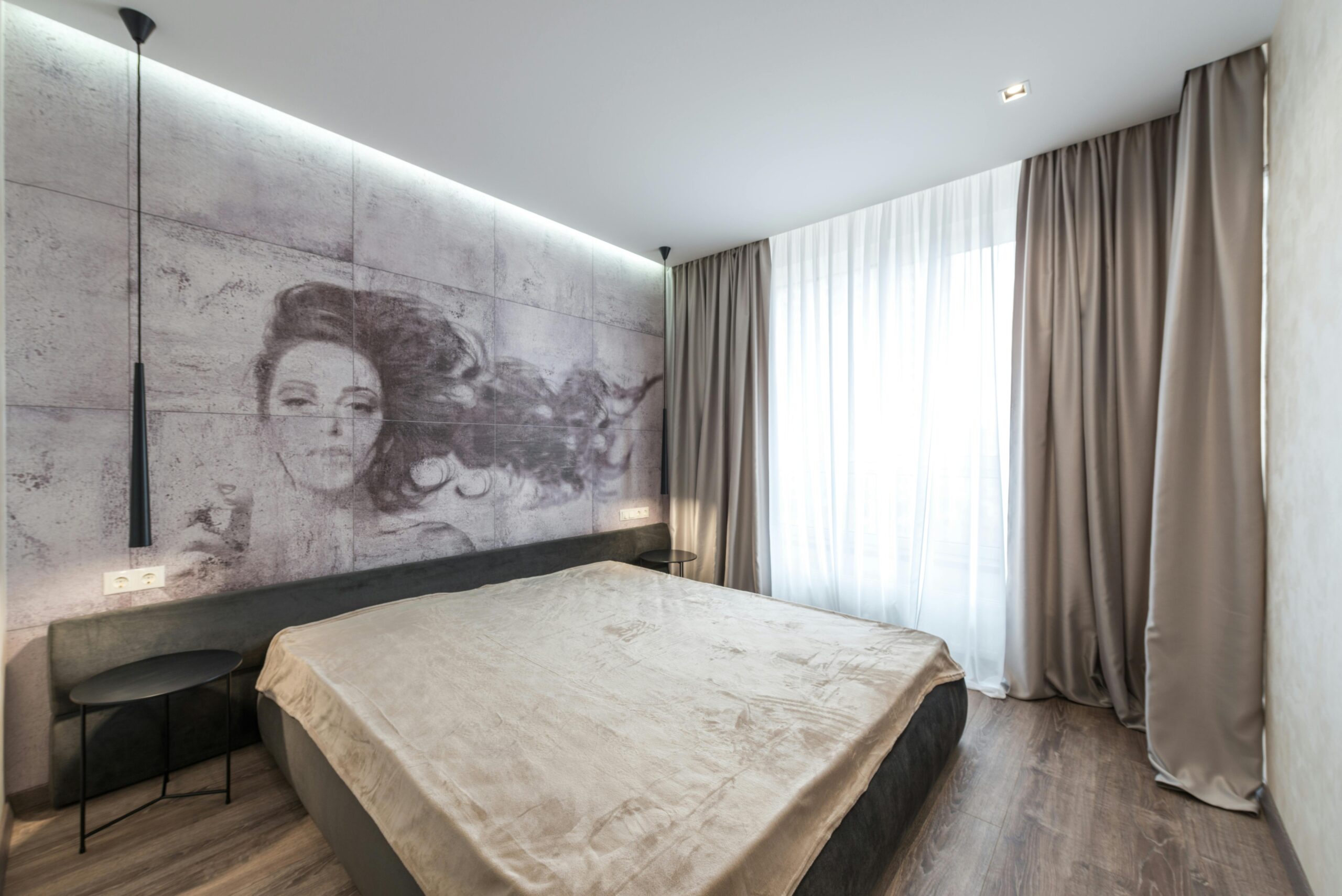Colour Psychology in Interior Design
Did you know? Colour can directly impact our emotions. Do you ever feel more relaxed when you spend time in a neutral, uncluttered space? Well, this happens due to colour psychology. When it comes to interior design, colour can literally make or break a space. Since every shade evokes certain emotions, it is important to choose a colour for your space that resonates with your personality. After all, interior design is a sheer reflection of one’s mood, preference and taste. If you’re someone who’s pursuing a bachelor’s in interior designing course, knowing how colour psychology works is important.
What is Colour Psychology?
Colour psychology is a study about various hues and how they affect/influence human behaviour. They directly impact our moods, feelings and physical health. Colour schemes have become an important aspect in interior design. It highlights the purpose of the room. Every person’s reaction to the same shade can differ. For example, some people might associate the colour red with passion and love whereas for some, it might evoke anger and aggression. When you’re designing a space, it’s best to ask the client what colour scheme resonates the most with their personality. As an interior designer, the best thing to do is to create a mood board for various rooms in a residential space. When each person’s colour palette is taken into consideration, the inhabitant is bound to love their space.
Role of Different Colours in Interior Design
Now that we’re aware that colours can have a direct impact on human psyche, let’s look at how each colour can set a different mood:
White
White is one of the most popular interior design colours. It signifies purity and innocence. Ivory is widely used as a standard colour for walls. It is also the most preferred choice for ceilings. A major reason why white is used in interior design is because it can make a space appear bigger and bring in more natural light into the room. If you want to make a small room appear larger than it is, white is the way to go. Besides mood and human behaviour, white pairs beautifully with literally any kind of design element. Think wooden furniture and glass accents. White also symbolises a clean and neat aesthetic.
Yellow
Yellow is one of the most joyful and vibrant colours in interior design. It is synonymous with sunshine, and denotes optimism and prosperity. Too much yellow can be overpowering. Thus, it’s best to use it in small doses. Consider yellow for a living room, dining room, hallway or kitchen. A lot of new-age interior designers love adding a splash of yellow to make a space appear young, cheerful and vibrant. Adding a yellow, mustard or golden chair against a white wall is also an effortless way to add a pop of colour in a room.
Red
Red is usually associated with passion and lust. However, in interior design, the colour triggers ambition and energy. For this reason, red is usually used in creative spaces such as gyms, home offices and studios. The colour red is also known to increase appetite, and thus it’s a great choice for kitchen and dining areas. As far as possible, red shouldn’t be used in the bedroom and bathroom as it can arouse feelings of anxiety.
Green
In interior design, green is one of the most versatile colours you can work with. Since it is the colour of nature, it stimulates feelings of balance, growth and vitality. Different shades of green evoke different emotions. For example, emerald green is ideal for the master bedroom as it signifies elegance and class. On the other hand, softer shades of green such as sage and mint are perfect for the living room. It creates a tranquil setting and can boost focus.
Blue
The colour blue is linked with peace and calm. It is one of the most studied hues in colour psychology. For this reason, a lot of paint manufacturers use blue in their print and TV advertisements. Sky blue particularly has a heeling effect on the mind. Different shades of blue can be used across various corners of the house. Pairing it with yellow is also a good idea, especially in the living room. Consider blue for your dining room, kid’s bedroom, bathroom or kitchen.
Moving Forward
As an interior designer or interior decorator, it is your job to create the right atmosphere for a particular space. When it comes to colour psychology, there is no “one-size-fits-all” rule. You can even mix-and-match dark tones and bright hues to create an aura your client is looking for.
Owing to the creativity and innovation the field of interior design has to offer, a lot of youngsters are pursuing BSc in Interior Designing courses. The career possibilities after the programme are vast as students get to work on their own, or with large architecture and design firms.




